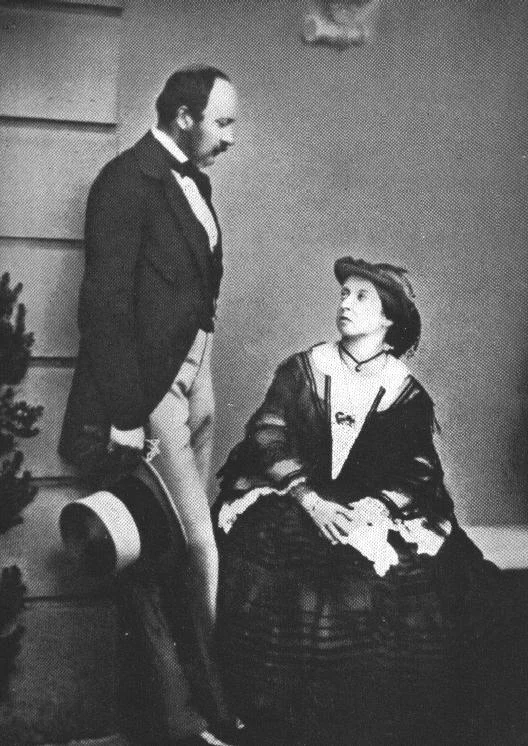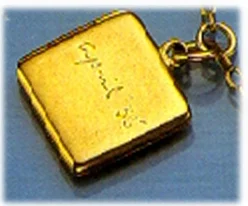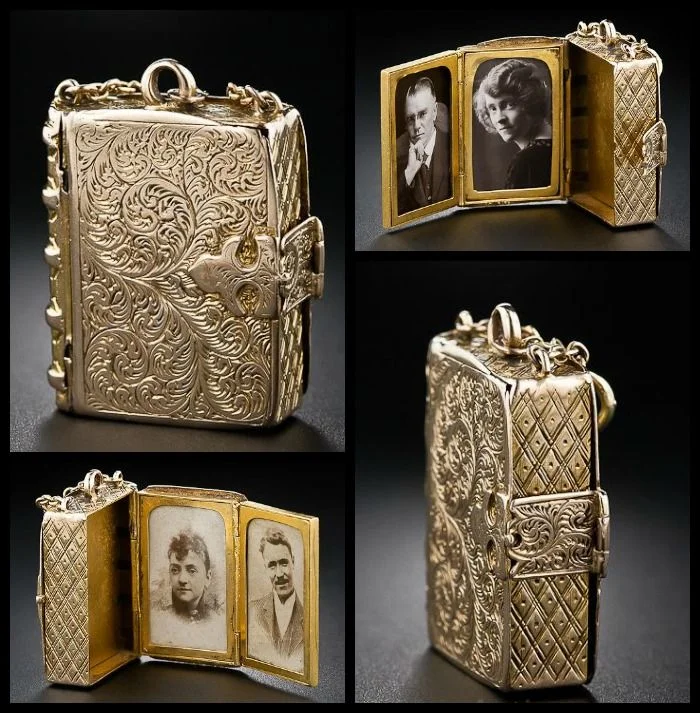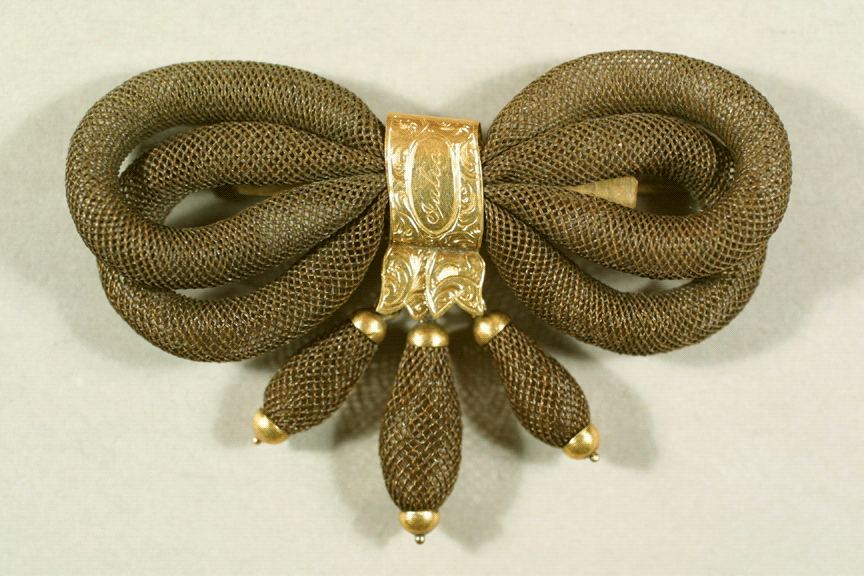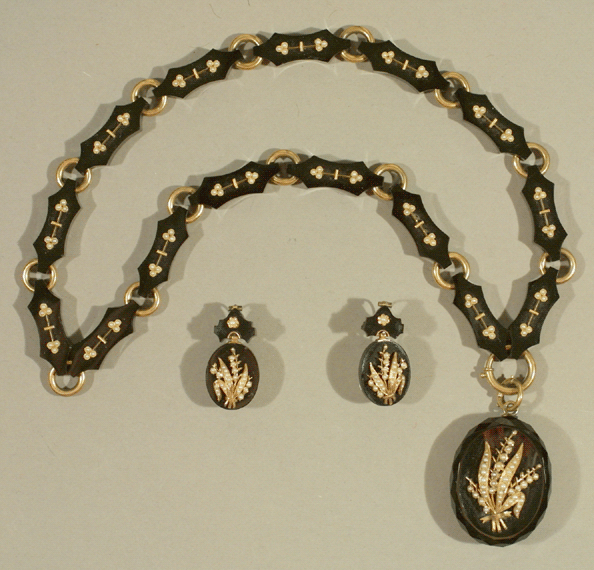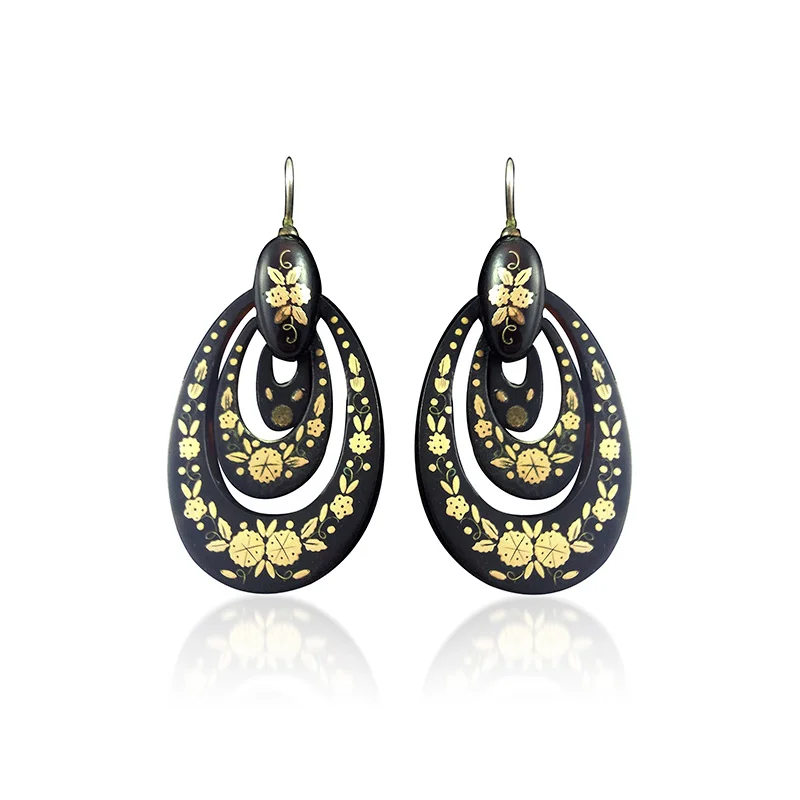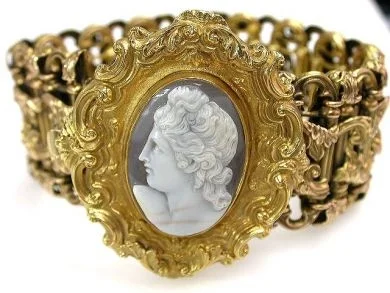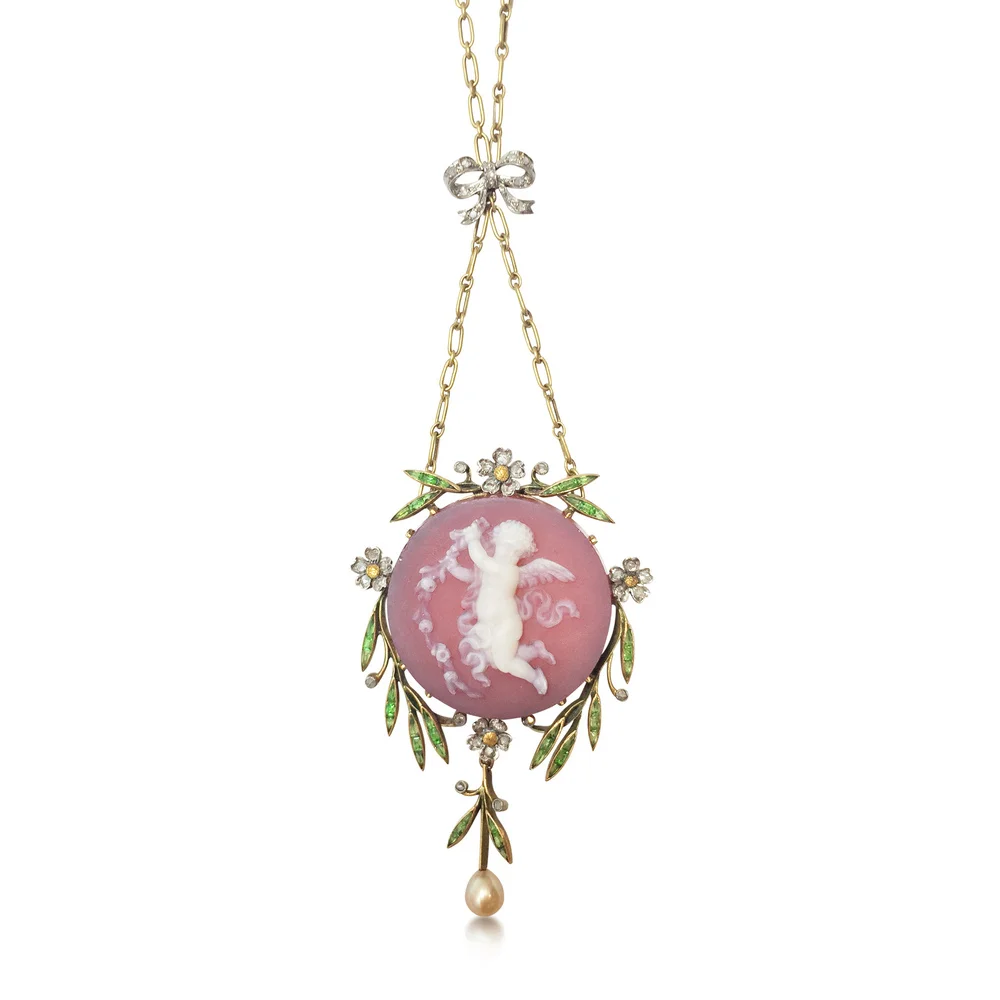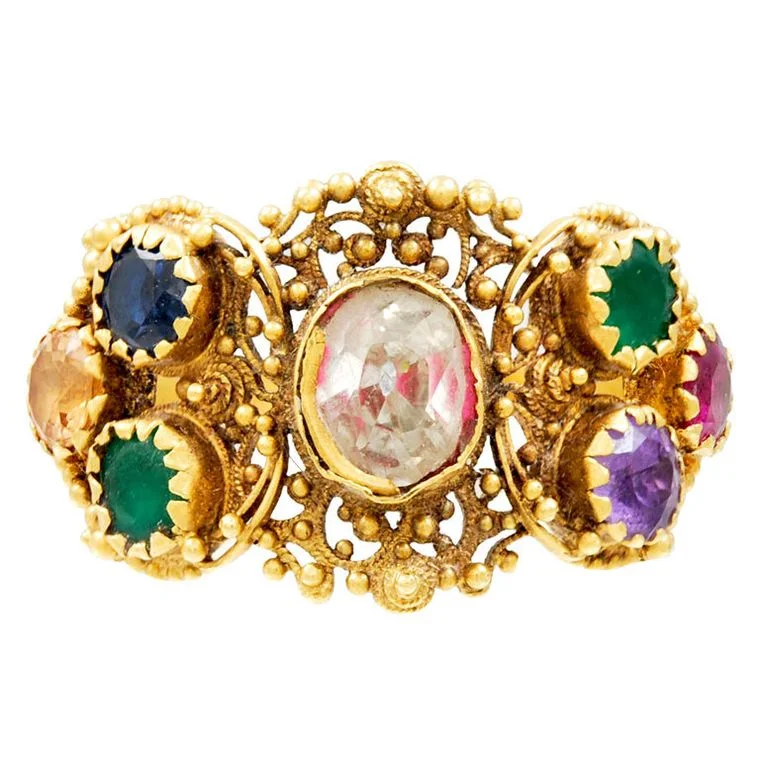Victorian Romanticism: Love Jewels At Their Best
The expression of love through offering presents and tokens courses through history in different forms. While gifting jewellery is a time-honoured custom, its heyday was during the Victorian Era (1837-1901) in British history, named after the period of Queen Victoria’s reign. It did not just coincide with the Romanticism movement (1837-1860) in literature and the arts, her happy marriage to Prince Albert was also one that inspired and moved her people.
A picture of Queen Victoria and Prince Albert in 1860.
The locket that Edward, the Duke of Winsor, gave to Wallis Simpson in April 1935. Inscribed on it was “Wallis-David”; the duke was known to his family as David.
If you’d imagine Victorians to be prudish and severe, you’d be surprised that that is a common misconception. People in those days embraced sentimentalism in their daily lives, through adorning jewels that celebrated romance, friendship and affection. In fact, compared to the customised engraving services jewellers offer today, the Victorians indeed trump modern societies in their imagination and creativity in imbuing sentimentality and romance into their jewels. Here are six fascinating types of sentimental jewellery popular during the Victorian Era.
LOCKETS
Usually worn as pendants, lockets have single or multiple compartments used to store keepsakes ranging from pictures and hair to baby teeth and even ashes (of a dead loved one). They were usually intricately engraved or decorated.
An engraved gold locket in the shape of a book dating back to the Victorian times.
A 14k yellow gold locket by Tiffany & Co., available at Revival Jewels.
HAIR JEWELS
As strange as the idea sounds today, hair was a jewellery-making material during the olden days – and why not, since it does not decompose. Locks of hair were taken, woven and set into pieces of jewellery. It could be one’s own hair, or from a loved one as a form of remembrance or mourning.
A pendant brooch, with woven hair placed into glass locket, circa 1848.
A brooch made with hair, circa 1864.
MOURNING JEWELS
While wearing mourning jewellery is something curious to Asians, the custom has been around for centuries in Europe. The practice returned in full force in the UK following the death of Prince Albert in 1861, when Queen Victoria went into permanent mourning. The pieces would usually be made of black or dark-coloured materials, such as black onyx, jet, black enamel, tortoiseshell and vulcanite. Pearls, which symbolised tears, were also used. By the end of the 19th century, such jewels became so trendy that they were worn as part of a fashionable outfit.
Queen Victoria’s mourning ring in remembrance of her husband Albert, circa 1861.
A mourning-style suite worn as normal jewels, circa 1860-1880.
A pair of Victorian "piqué" tortoiseshell and gold earrings from the late 19th century, available at Revival Jewels.
CAMEOS & INTAGLIOS
Italian shell and lava cameos, as well as gemstone intaglios, were very popular with the upper classes in the early 1800s. When the industrial revolution got underway, these jewellery became more affordable and prevalent with mass production. A young Queen Victoria was also instrumental in popularising cameo charm bracelets and necklaces, which she commissioned as gifts.
A Victorian Era cameo bracelet.
A collection of hardstone cameos, circa 1880, up for a recent auction at Sotheby’s.
A Belle Epoque cherub cameo necklace, circa 1910, available at Revival Jewels.
PORTRAIT JEWELS
Featuring miniature paintings of faces or figures, portrait jewellery was prevalent during the Georgian Era (1714-1830), and its popularity endured into the Victorian times. The style most associated with romance were the Lover’s Eye or Eye Miniature portraits, exchanged between wealthy lovers as tokens so clandestine that the identities of the senders or recipients remained a mystery until today. They depicted the eye of a lover as “windows to the soul”, painted usually on ivory, and set within a frame or border of pearls or gemstones.
A pair of Lover’s Eye brooches, circa early 1800s, up for up for a recent auction at Sotheby’s.
ACROSTIC JEWELS
A piece of acrostic jewellery features a sentimental name, word or phrase spelt out using the first letter of each gemstone used. For example, D is represented by a diamond, and E by an emerald. To spell out the word “dear”, diamond, emerald, amethyst and ruby would be used.
An antique 15k gold bracelet with gold heart locket spelling out "Regard", available at Revival Jewels.
A Georgian Era acrostic ring spelling out “dearest”.

